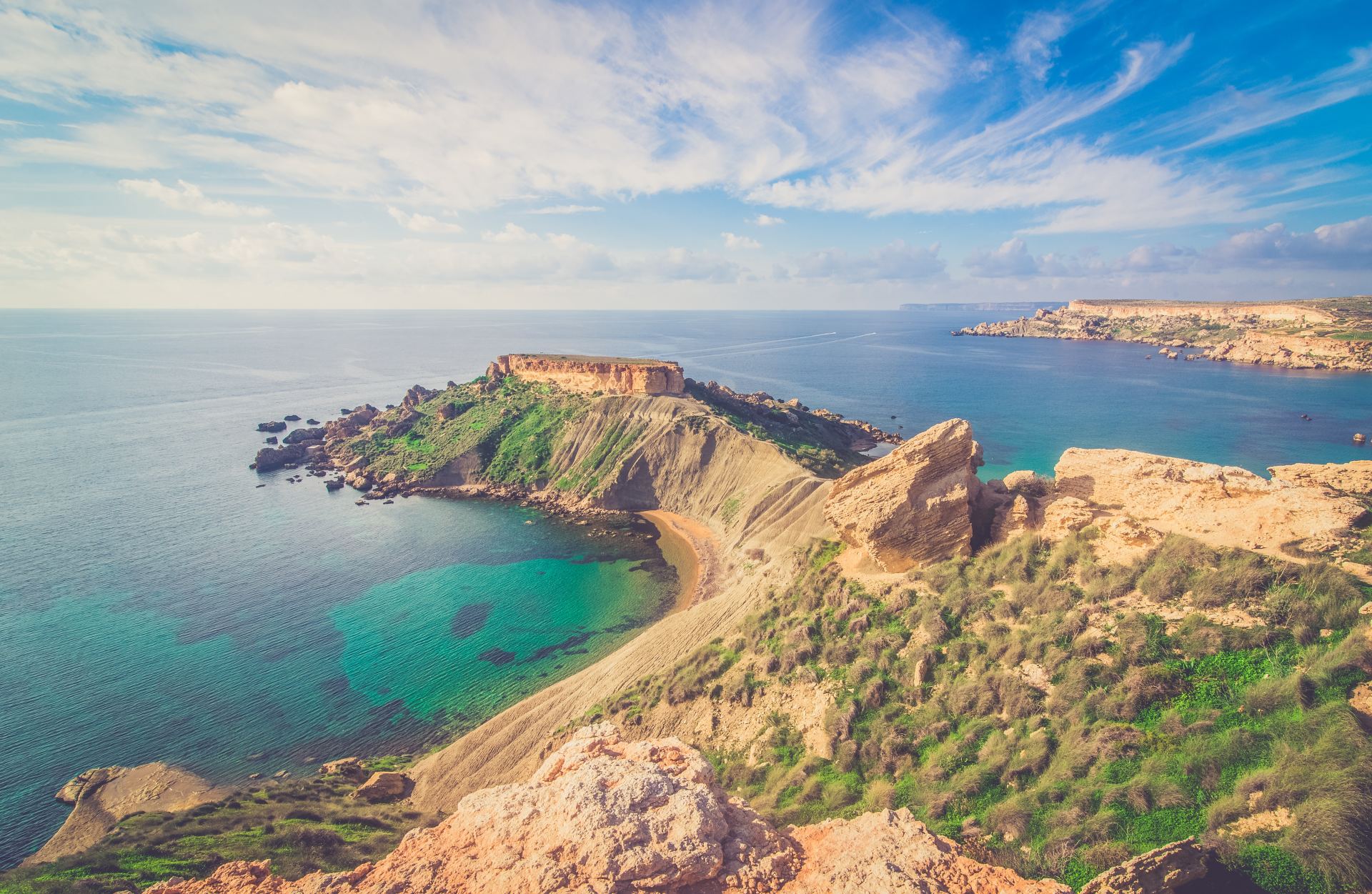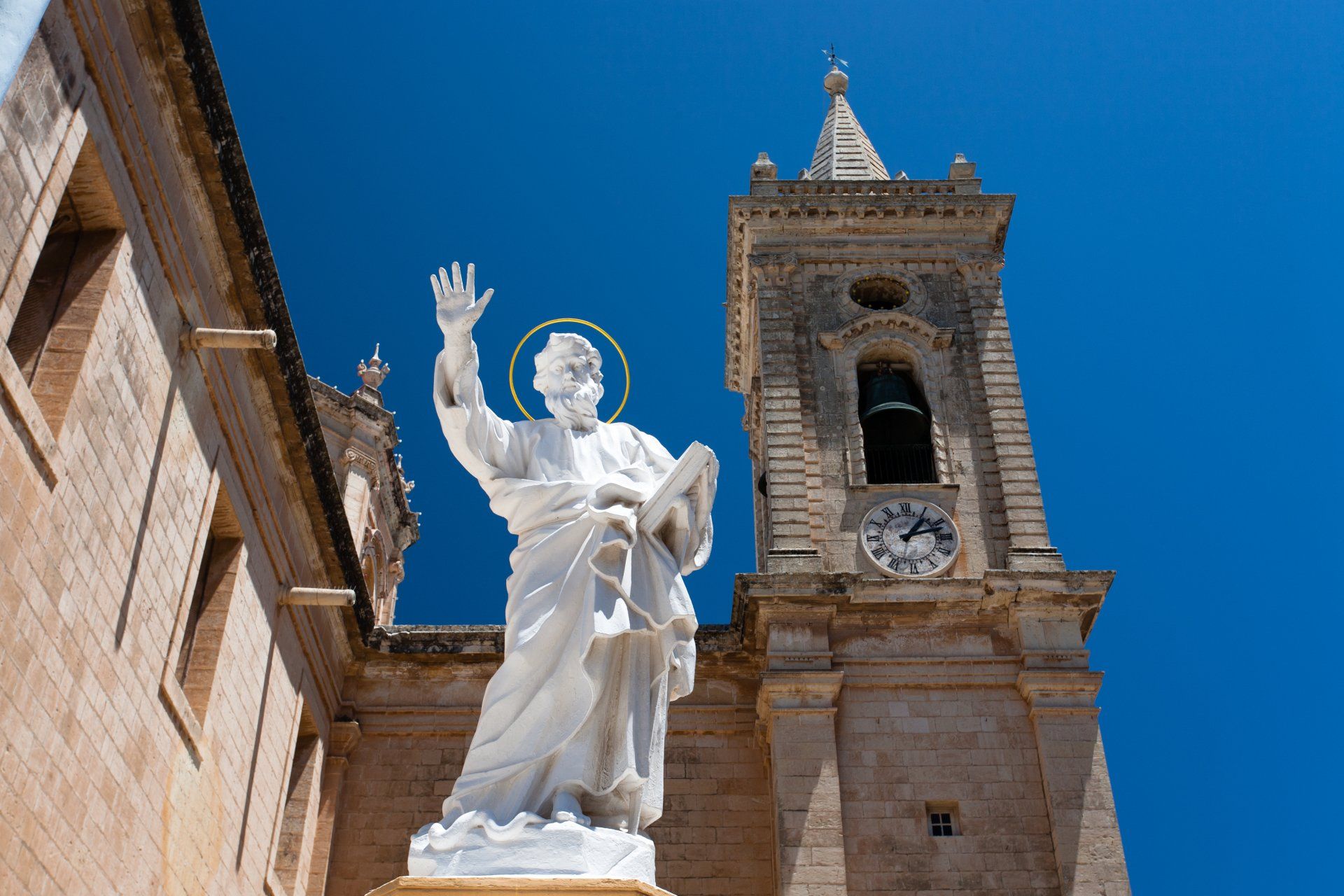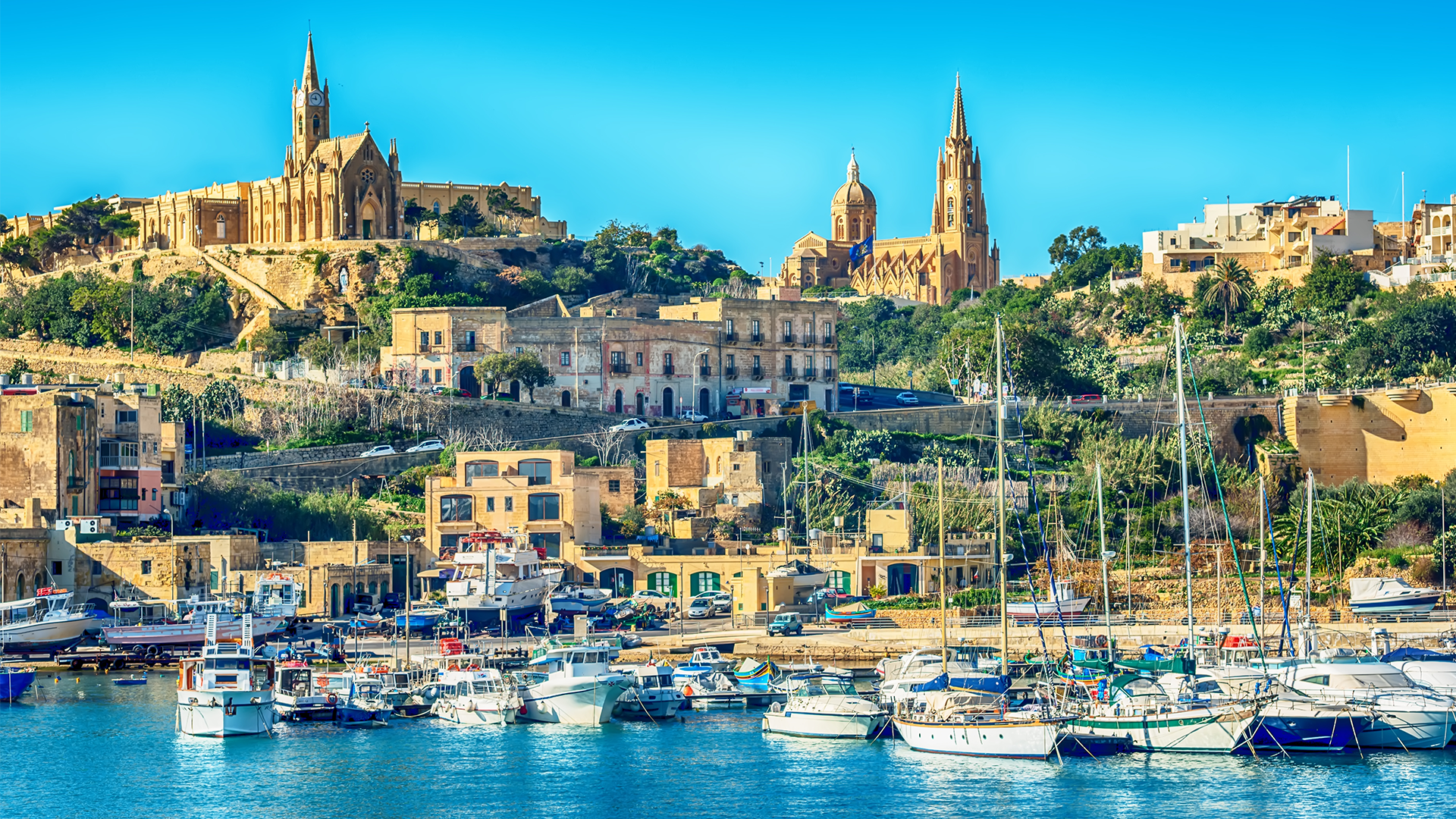Gozo and Malta Blog Post ...
Why go on a pilgrimage to Malta & Gozo ?
By Cosmo Samuel Brockway
"In the vicinity of that place (Malta) were lands belonging to a man named Publius, the chief of the island. He welcomed us and received us cordially as his guests for three days. It so happened that his father was sick with a fever and dysentery. Paul visited him and, after praying, laid his hands on him and healed him. After this had taken place, the rest of the sick on the island came to Paul and were cured. They paid us great honour and when we eventually set sail they brought us the provisions we needed." - Acts 28:7-10
The Mediterranean islands of Malta and Gozo may be small in size but they contain a legacy of history, culture and spirituality to equal that of much larger countries. A survivor of sieges, conquering and Ottomans raids, slave traders and pirates - the ebb and flow of the island’s turbulent history has laid the foundations for a mixed cultural heritage and a strong grasp of its religious identity. Malta is a diminutive 316 sq. km with a population of 410,000 inhabitants but it has more than 360 churches, most of which are used in daily worship. Over 60% of the population visit church daily and the islands are a shining example of faith staying at the forefront of day-to-day life. As we land in Malta, we are following in the fiery footsteps of the Apostle Paul, shipwrecked here in 60 AD. The islands offer a special opportunity for us as pilgrims to spend time in places that gave shelter to one of the most influential figures in the early church. During his three months in Malta, St Paul walked in miracles and healings that convinced the islanders he was a man touched by God. Conversions soon followed. One such convert was the Roman governor who St Paul then appointed Malta’s first bishop and whose villa ruins and church we will visit. The Saint actually dwelt in a cave on the island which is now called St.Paul’s Grotto and we will spend time in prayer before celebrating Mass in the St. Paul’s Church. The capital of Malta, Valletta, is a striking seafront city of golden hues with a majestic harbour and many interesting sights. Moving northwards, we will visit the medieval walled car-free city of Mdina. Founded by the Phoenicians in 8th century BC as Melite, and now with a population of just 300, the city is a well-preserved and very beautiful series of Norman and Baroque palazzos, squares and churches. The great Cathedral of St Paul has been built on the site of the palace of Roman convert Publius as mentioned in Acts. We will spend time enjoying the frescoed interiors of this Baroque-Romanesque masterpiece including the Conversion of St Paul on the Road to Damascus by Mattia Preti before a visit to the Cathedral museum with its fine collection. Also look out for the large clocks – as with all churches with clocks in Malta, they tell different times, of which only one is correct. This is said to confuse the devil as to when parishioners attend mass!
Lunch at the lemon-tree filled Fontanella is a relaxing treat before plunging underground to the ancient warren of St Paul’s Catacombs. These burial chambers are watertight evidence of the earliest Christianity on the island to date, as Roman law forbade burials in the city.
Gozo, Malta’s sister island, is famed in mythology for where the nymph Calypso kept Odysseus captive, according to Homer - it also has not one but two opera houses! Among the attractions, our visit will include the Basilica of the National Shrine of the Blessed Virgin of Ta' Pinu, a national shrine and golden-hued basilica where we will see the Golden Rose placed by Pope Benedict XVI. Another ecclesiastical site is the Rotunda of Xewkija which sports a dome larger than St. Paul’s Cathedral. There will be visits to the blue Mediterranean waters for boat trips and swimming. This is a sun-drenched and lemon-scented meander through one of the most glorious hidden treasures of Europe!













